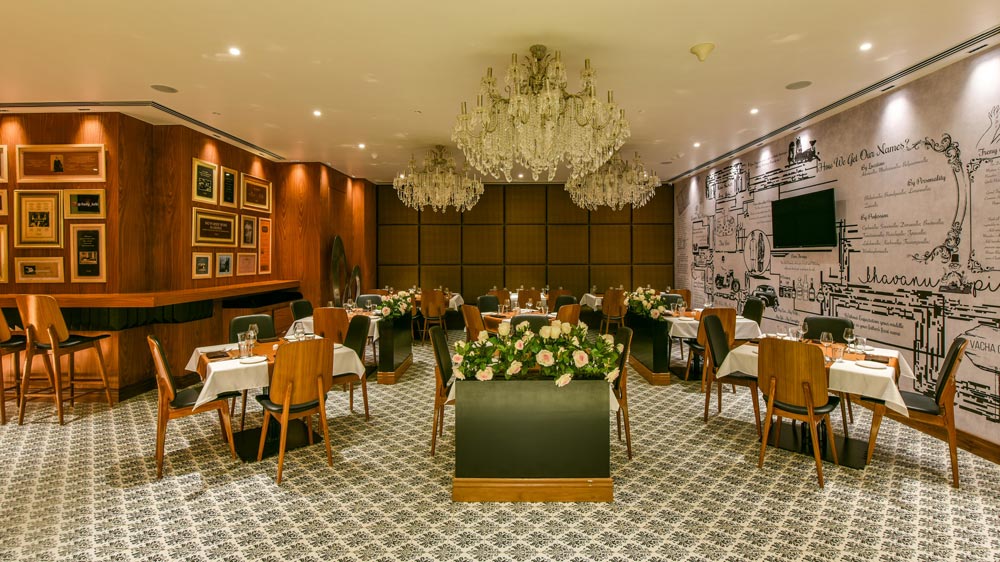Have you ever been to a Japanese restaurant and noticed the way the sushi is served? Or maybe you’ve eaten at an Italian restaurant with tables that are set up to encourage conversation. Each culture has its own traditions and ways of doing things, which can often be seen in the design of local restaurants. In this blog post, we will take a look at some of the most common restaurant design styles around the world, and discuss how culture has influenced them.
How does culture affect design styles?
The restaurant chairs in the dining room are uncomfortable. They are too close together and the seats are hard. The light fixtures are too bright and the music is too loud. Why did the designer put so much effort into making the restaurant so unpleasant? The answer may have to do with culture. In many cultures, dining is seen as a social activity where people gather to chat and spend time with each other. As a result, design styles tend to reflect this sociable nature, with comfortable seating and a relaxed atmosphere. However, in some cultures, dining is seen as a more formal occasion, and restaurant designs often reflect this attitude with more formal furnishings and a more subdued atmosphere. By understanding how culture can affect design styles, we can gain a better understanding of the choices that designers make when creating new spaces.
Examples of design styles according to the designer’s culture
When it comes to restaurant design, countless different styles can be used to create a distinct and inviting atmosphere. However, the choice of style is often dictated by the designer’s culture. For example, restaurant chairs in France tend to be more ornate than those found in other parts of Europe. This is because French culture emphasizes aesthetics and elegance. As a result, restaurant chairs in France are often upholstered in luxurious fabrics and feature intricate wood carvings. In contrast, restaurant chairs in Italy tend to be more simple and functional. This reflects the Italian culture’s emphasis on practicality and durability. Restaurant chairs in Italy are often made from sturdy materials such as leather or metal, and they typically lack any embellishments or decorations. By understanding the cultural influences on restaurant design, designers can create unique and authentic spaces that reflect the unique character of their respective cultures.
Use of certain colors in restaurant design as a result of cultural influence
For many restaurant owners, the design of their space is just as important as the menu. After all, the ambiance of a restaurant can play a role in attracting customers and influencing their dining experience. And in many cases, the choice of colors can be heavily influenced by culture. For example, in Chinese restaurants, red is often used as it is believed to bring good luck. Blue and white, meanwhile, are associated with peace and tranquility, making them popular choices for spas and yoga studios. And while green is often used to signify freshness, it can also have calming effects, which is why it is often used in hospitals and doctor’s offices. Ultimately, the colors used in restaurant design can have a significant impact on both customers and staff.
How to choose an interior designer who will identify with your desires and your vision for the design of the restaurant?
Before you choose an interior designer, you should first identify your desired style and concept for the restaurant. Do you want a cozy and inviting space or a sleek and modern design? Once you have an idea of the overall look you’re going for, you can start doing some research to find an interior designer who shares your vision. When looking at portfolios, pay attention to the small details that help to create the overall atmosphere of the space. For example, restaurant chairs are a key element in any dining room, and they come in a wide range of styles. If you notice that a particular designer consistently uses chairs that you love, then that’s a good sign that they’ll be able to create the type of restaurant you’re looking for. By taking the time to find an interior designer who understands your vision, you’ll be well on your way to creating a restaurant that is truly unique and reflective of your style.
What to do if you don’t connect with the interior designer we chose?
If you’re not connecting with your interior designer, it’s important to try to communicate your vision and what you’re hoping to achieve with your space. It may be helpful to provide them with photos or a list of ideas that you have. If you’re still not seeing eye to eye, it might be time to consider finding a new designer. Restaurant chairs can often be a sticking point in the design process, so be sure to lay out your needs and expectations for these pieces early on. With clear communication and a willingness to compromise, you should be able to find an interior designer who will create a space that you love.





